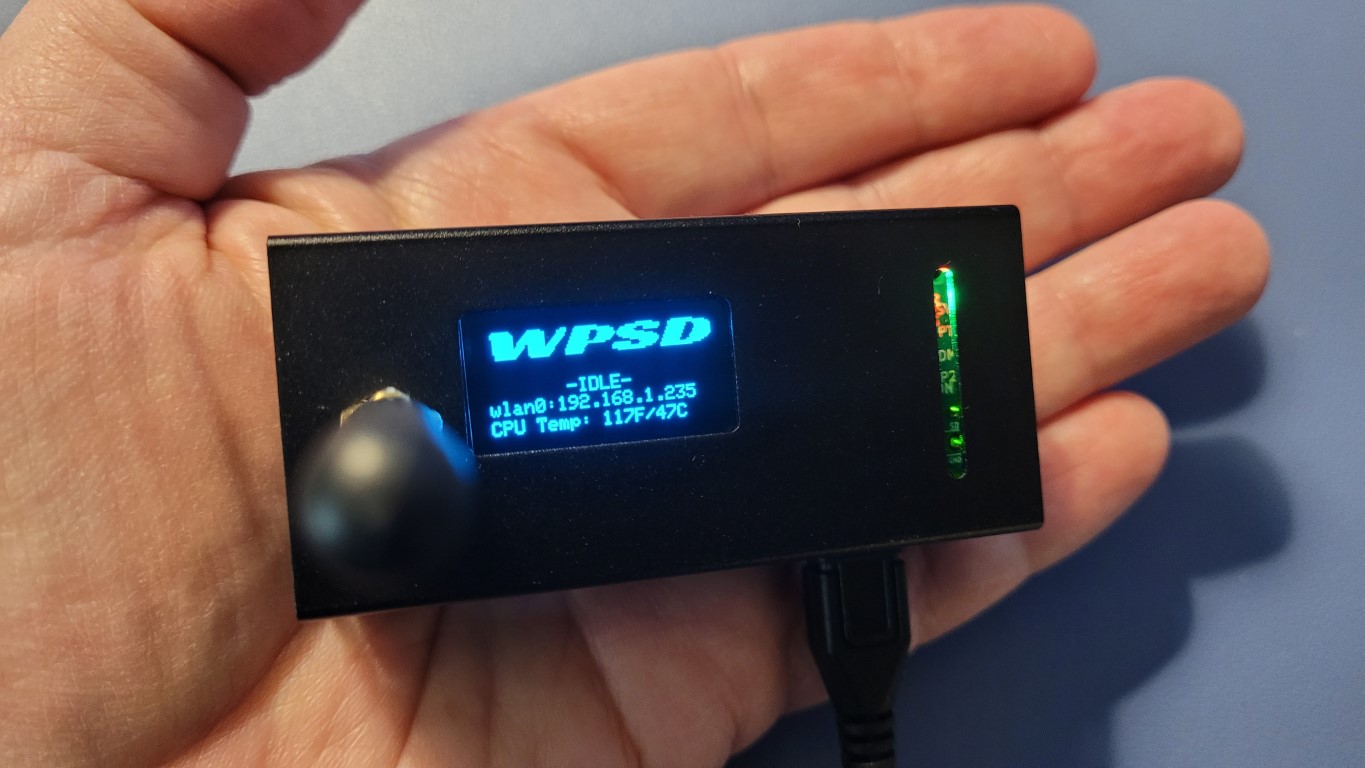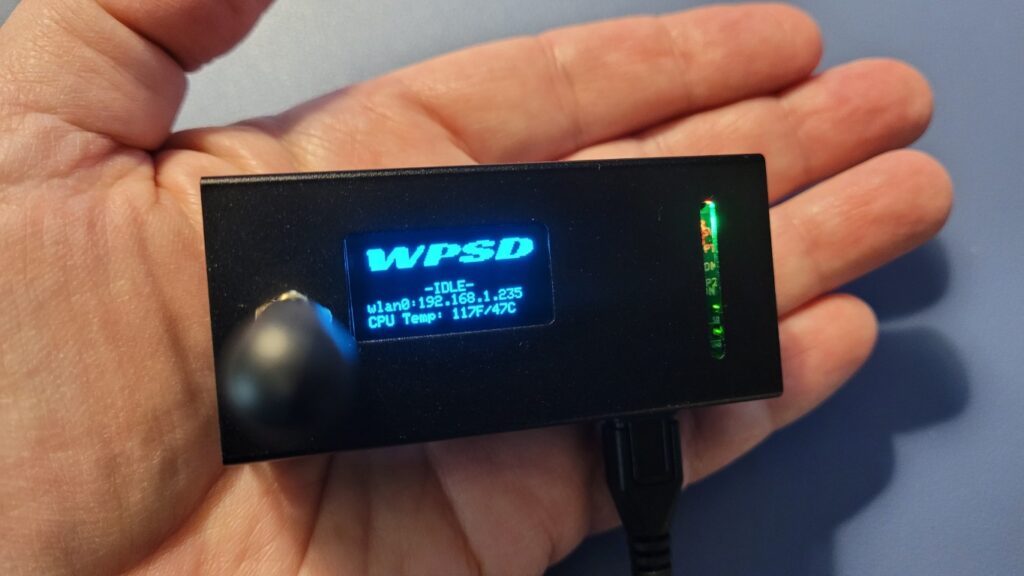The magic of hotspots
I pen this note after having an amazing (to me) experience assembling a hotspot for amateur radio use.
My first hotspot took me hours to put together. It was built around a Raspberry Pi 3B+ single-board computer (SBC) with a special radio “hat” that goes on top of the SBC. That hotspot allows me to talk on my DMR radio to others around the world.
The hotspot I put together last night took all of an hour to assemble. I can’t say it was a “build” because the pieces snapped together. I didn’t have to do any soldering or wiring. From the time I opened the packages from Amazon to the time I was on the air with the hotspot: 60 minutes.
This new hotspot is based on a Raspberry Pi Zero 2 W SBC. It’s a tiny board. The completed hotspot fits in the palm of my hand. I have it configured to connect to a Yaesu System Fusion (YSF) reflector that connects me to my friends 135 miles away. The audio clarity is exceptional.
Hotspots are magical in the way they can open up a wider world of amateur radio. For me, with a lot of radio frequency interference at my place in Portland, digital communication methods are about all I can really use. I am delighted to add DMR and YSF hotspots to my suite of tools.

I have been interested in the natural world since a very early age. My first career as a mining and exploration geologist took me around the world. In 1992, I began to focus on the conservation of natural resources. I enjoy sailing, working with WordPress and Linux, and amateur radio. It probably goes without saying that I also like to travel!


